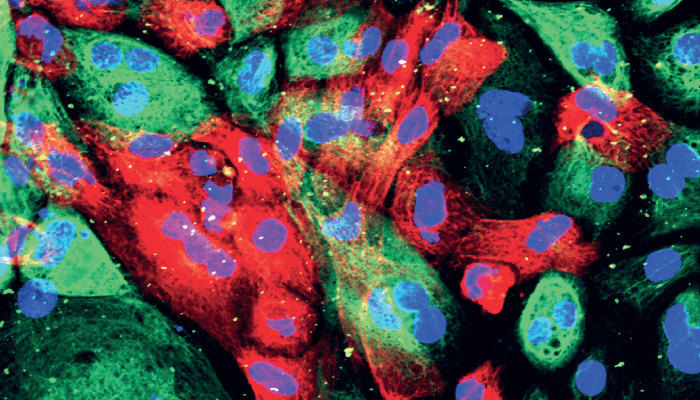
Prostate cancer is the fifth leading cause of death among men in western countries, but identifying high-risk individuals with current diagnostic tools is difficult – in part because of the heterogeneous nature of the disease. Although a number of studies have looked at genomic and transcriptomic alterations in prostate cancer, they have not previously been linked to changes at the proteome level.
With a plan to connect the dots, a team of researchers assessed key changes in PCa tissue during tumor progression (1). Using a combination of proteomics and transcriptomics (LC-MS/MS), tissue-microarray generation, and retrospective data analysis, they found that the expression levels of NDUFS1 and ATP50 genes and associated proteins were significantly higher in PCa patients.
Though more work is needed, the researchers believe that the NDUFS1 and ATP50 proteins may serve as novel prognostic markers for the identification of high-risk PCa patients.
Image Credit: National Cancer Institute, National Institutes of Health
References
- R Wiebringhaus et al., Cancers, 13, 6036 (2021). DOI: 10.3390/cancers13236036




